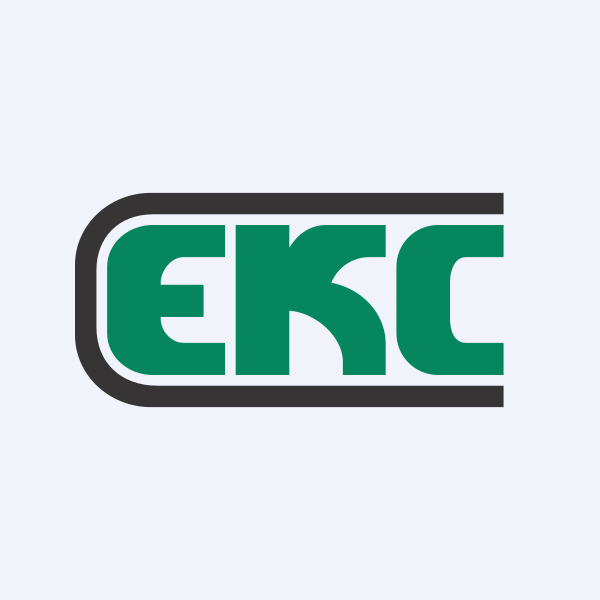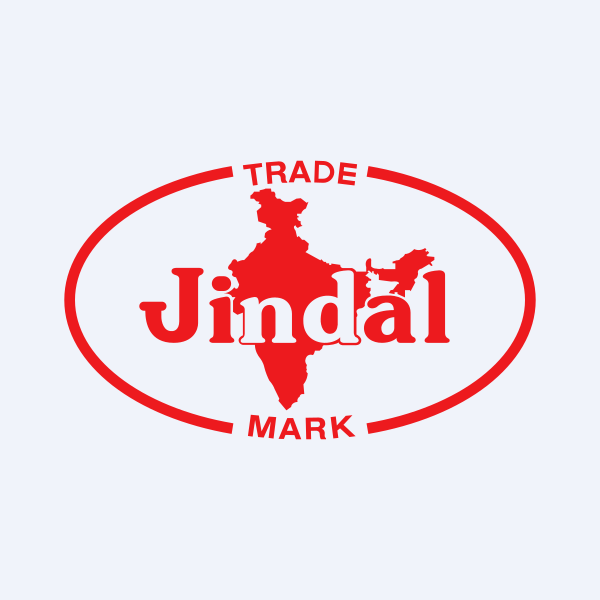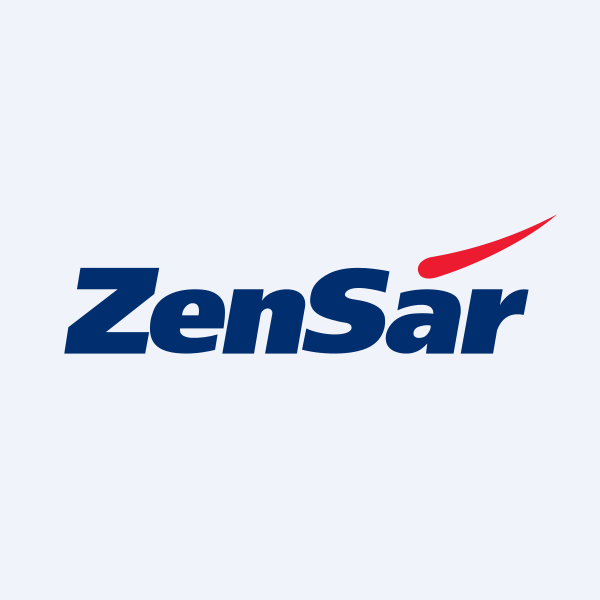Asian Granito (NSE:ASIANTILES)

The companies I invest in usually tend to have negative sentiment around them due to bad news or being in an unpopular industry. Today’s company is no different.
In the last two months, ASIANTILES has seen its share price fall over 50% (down > 60% YTD) on the back of negative news around the company (customs evasion and IT searches) and a recent rights issue.
I still see value. I’m betting that the market may have overestimated the extent to which the news and rights issue have impacted the company and as a result provides the potential for exceptional returns on a risk-adjusted basis. My reasons for investing in the company are extremely simple and concise. Investment theses don’t have to be complex.
This isn’t a high conviction play (not every investment has to be), so I keep the position size small.
About the company
Asian Granito is one of the leading ceramic companies in India. Its product portfolio comprises of tiles, marble, quartz and a wide range of wall/flooring solutions as well as sanitary ware products. While the company accounts for 36% of organised quartz market in India, its sanitary ware and CP fittings range coupled with its recently launched AGL Bath ware range provide complete bathroom solutions.. It has built a reputation for itself in India and the global markets. The company has a global footprint and exports its goods to ~100 countries.
The company has a pan-India distribution network with over 6,500+ dealers it also operates 300+ showrooms also owns & operates 13 company-owned display centres across India.
Understanding the Rights Issue
Rights Issues are generally viewed negatively because they imply that the company is cash strapped and has no better alternative of raising capital. Further, non-participating investors usually don’t like it because it negatively affects share price and dilutes their ownership in the company. But that’s not always the case. Rights can also be issued to fund large Capex and/or when management views it as a better alternative of raising funds to taking on additional debt. Done right, and for the right reasons, it can provide capital appreciation for shareholders.




